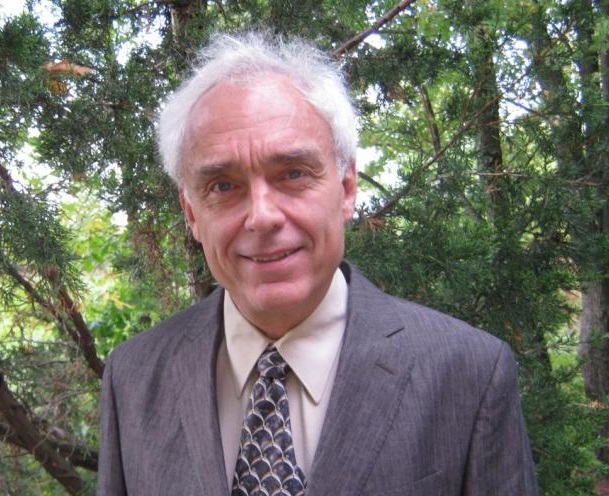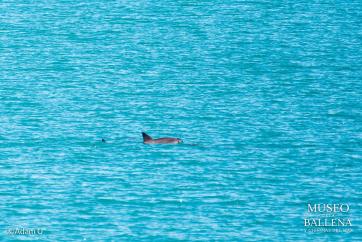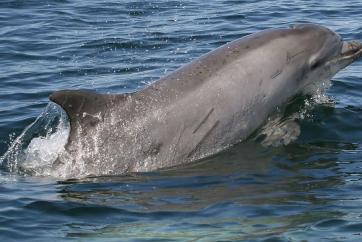A much-reduced population of 1,000-2,000 finless porpoises, which are otherwise marine, persists in the Yangtze mainstem and two large appended lakes. Also, three Critically Endangered populations of Irrawaddy dolphins, which are also otherwise mainly marine, inhabit three large river systems of Southeast Asia – the Ayeyarwady (Myanmar), the Mekong (Cambodia and Laos) and the Mahakam (Indonesia). All three of these populations number fewer than 100 individuals.
There are many dozens of purely marine species and subspecies of dolphins and porpoises, and it comes as a surprise to many people that there are such things as freshwater cetaceans. The freshwater, estuarine and coastal species of dolphins and porpoises in Asia, South America and Africa have been at the center of the Cetacean Specialist Group’s (CSG) work over the last four decades.
At the moment, we are giving special attention to the Asian and South American river dolphins, all of which are threatened not only by conflicts with fisheries (gillnet entanglement) but also water management projects. The habitat of dolphins in the Ganges, Indus and Amazon systems, in particular, has already been severely fragmented by dams and barrages, and many more such structures are planned. Several of us have been specifically working with WWF-Cambodia to prevent construction of additional hydroelectric dams on the Mekong, which, if built, will destroy any chance of the Mekong dolphins’ recovery. In addition, there is concern that further human modification of river channels to enhance navigation (e.g. in India, Peru and Brazil) will greatly reduce the amount of habitat suitable for dolphins.
In the last few years, a great deal of time and effort by several CSG members has been devoted to last-ditch efforts to prevent extinction of the vaquita, a tiny porpoise endemic to Mexico’s Upper Gulf of California. In addition to leading extensive survey work on the water, we convened workshops, served on an international recovery team and a Presidential commission on the vaquita convened solely to establish protection measures, and participated in a UNESCO mission to assess effectiveness of a World Heritage Site in the Upper Gulf intended in large part to protect vaquitas. When all those and other approaches failed and it became clear that the last few vaquitas were at high risk of dying in illegal gillnets, we joined forces with the Mexican Government and the US National Marine Mammal Foundation in an ultimately unsuccessful attempt to live-capture and move vaquitas into a temporary sanctuary.
A vital aspect of our work as a specialist group has always been involvement and collaboration with agencies, institutions and organizations that are pursuing goals that overlap or converge with ours. Partners in addition to those mentioned above include IUCN’s Global Species and Business and Biodiversity Programmes, the World Commission on Protected Areas, the International Whaling Commission, the Convention on Migratory Species, the US Marine Mammal Commission, the New England Aquarium and the Marine Mammal Center (California).
More about these and other CSG initiatives and cetacean conservation issues can be found on our website at https://iucn-csg.org/.
About the author

Dr Randall R. Reeves has been involved in marine mammal work for over 40 years, ranging from field studies in the Arctic, the North Atlantic, and the Indus and Amazon Rivers, to archival research on the history of whaling. He is a long-time member of the International Whaling Commission’s Scientific Committee and received the Kenneth S. Norris Lifetime Achievement Award from the Society for Marine Mammalogy in 2017.
Dr Reeves has chaired the IUCN panels on western gray whales since 2004 and he has also chaired the Cetacean Specialist Group of IUCN’s Species Survival Commission since 1996. In addition, he has led other expert bodies, including the US Marine Mammal Commission’s Committee of Scientific Advisers and various ad-hoc cross-disciplinary teams to address, for example, Mekong dolphin conservation in Cambodia and humpback dolphin conservation in Hong Kong.
In his role as chair of the Cetacean Specialist Group, he has been responsible for preparing and evaluating IUCN Red List assessments, drafting action plans for threatened species and populations, and advising government agencies, intergovernmental bodies and non-governmental organizations.








